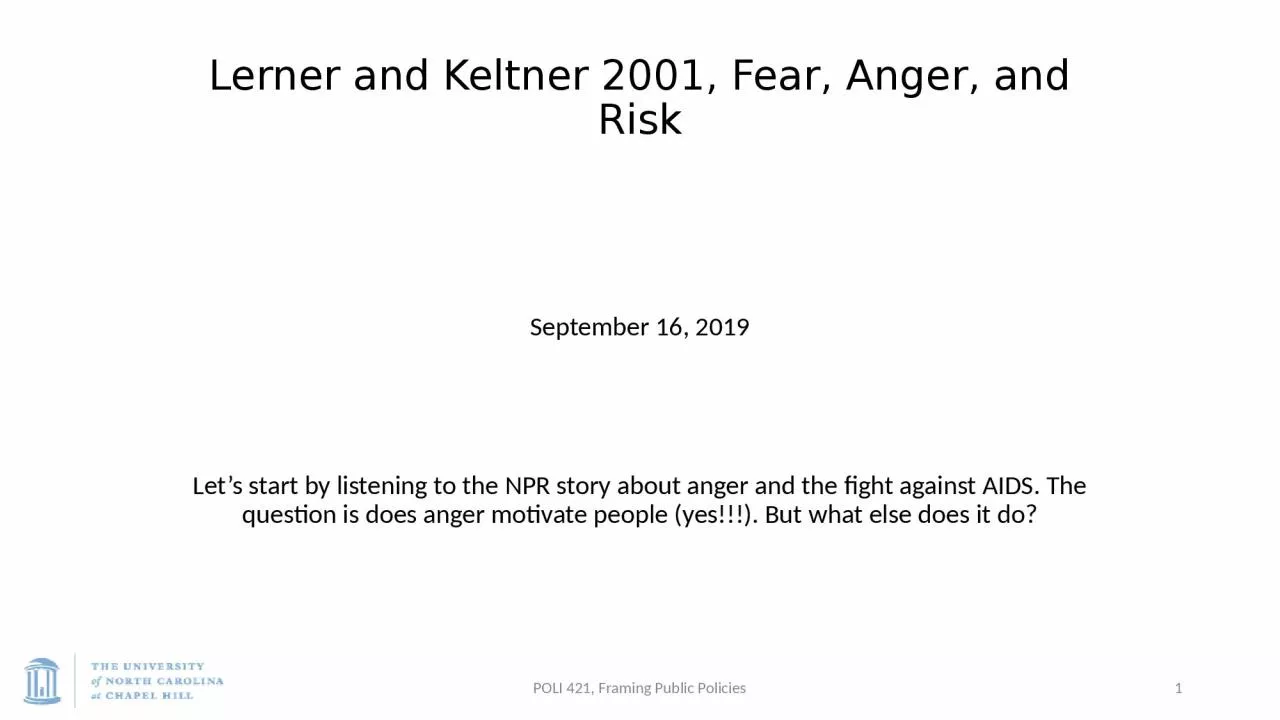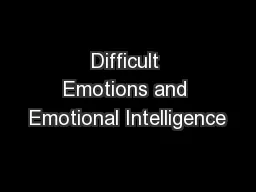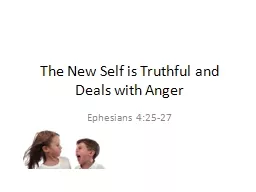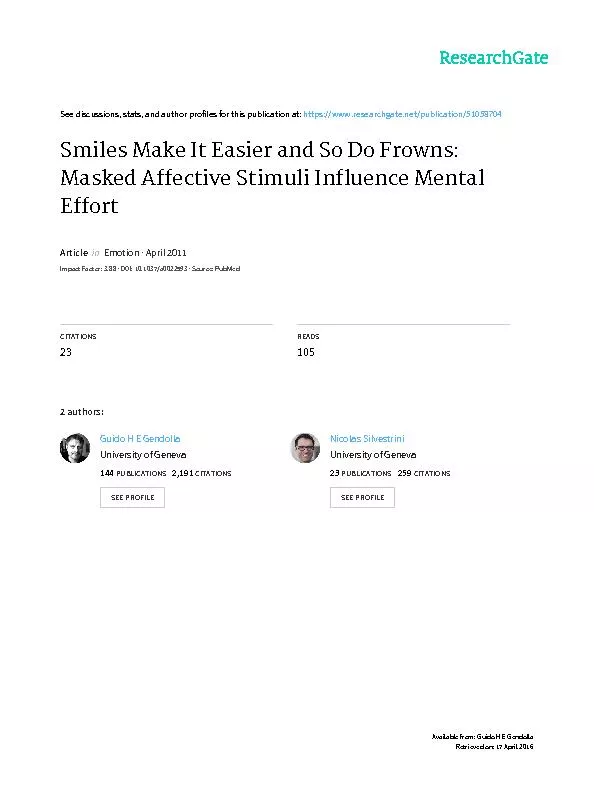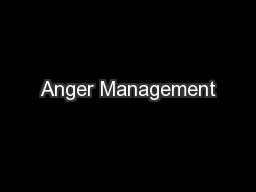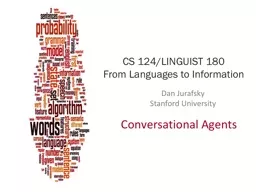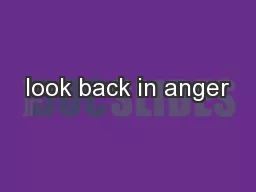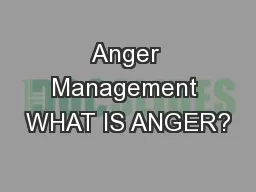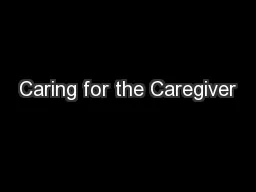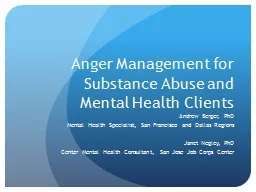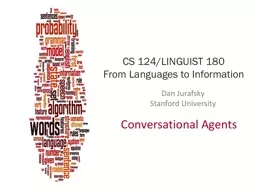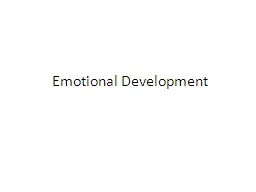PPT-Lerner and Keltner 2001, Fear, Anger, and Risk
Author : ivy | Published Date : 2022-06-07
September 16 2019 Lets start by listening to the NPR story about anger and the fight against AIDS The question is does anger motivate people yes But what else does
Presentation Embed Code
Download Presentation
Download Presentation The PPT/PDF document "Lerner and Keltner 2001, Fear, Anger, ..." is the property of its rightful owner. Permission is granted to download and print the materials on this website for personal, non-commercial use only, and to display it on your personal computer provided you do not modify the materials and that you retain all copyright notices contained in the materials. By downloading content from our website, you accept the terms of this agreement.
Lerner and Keltner 2001, Fear, Anger, and Risk: Transcript
Download Rules Of Document
"Lerner and Keltner 2001, Fear, Anger, and Risk"The content belongs to its owner. You may download and print it for personal use, without modification, and keep all copyright notices. By downloading, you agree to these terms.
Related Documents

